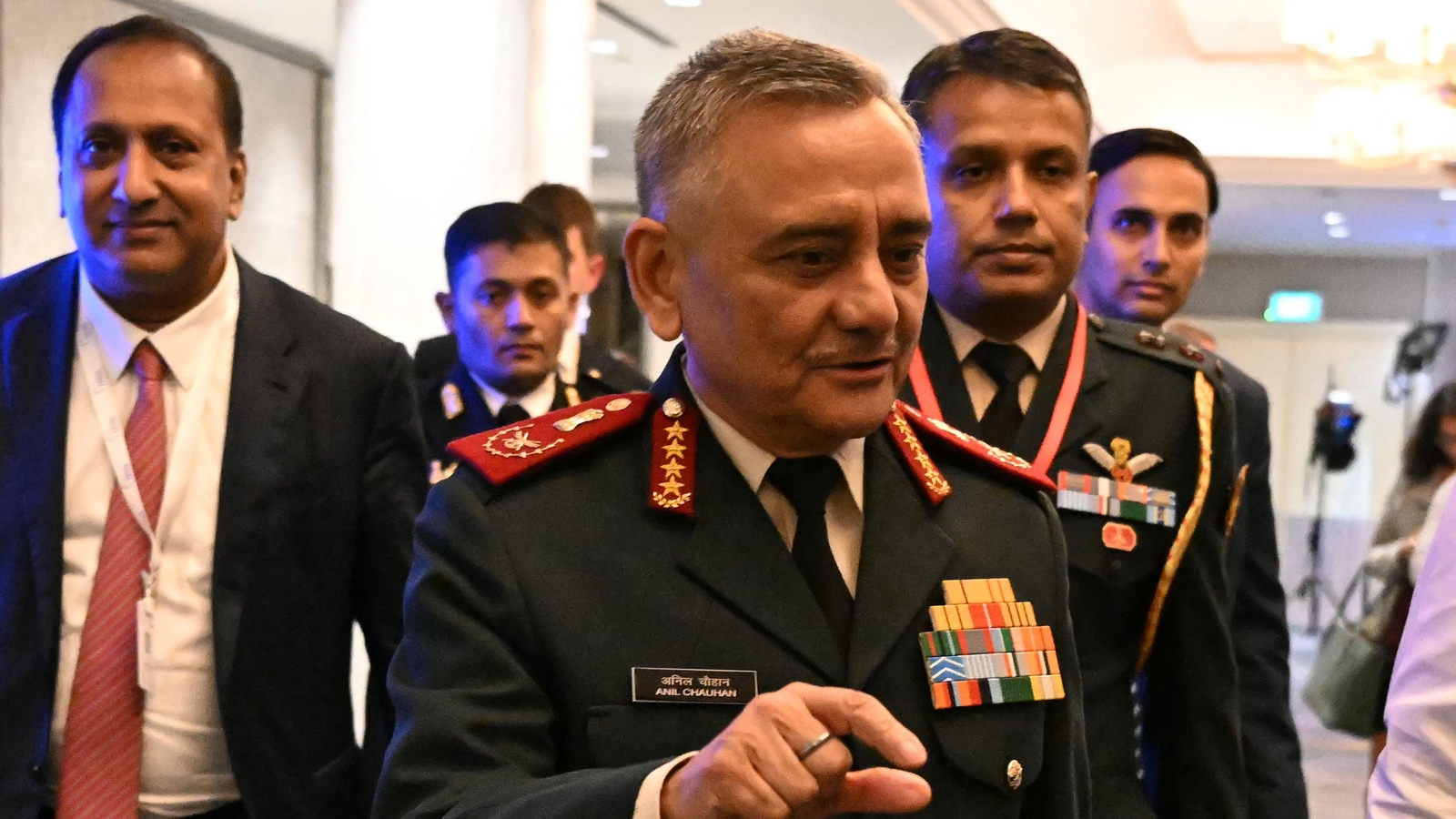
CDS opens up on Operation Sindoor’s ‘significant’ challenge: ‘We chose not to be reactive’
How did your country report this? Share your view in the comments.
Diverging Reports Breakdown
CDS opens up on Operation Sindoor’s ‘significant’ challenge: ‘We chose not to be reactive’
Chief of Defence Staff (CDS) General Anil Chauhan on Saturday said that India is ahead of Pakistan on all fronts despite having greater diversity due to its long-term strategy. CDS Chauhan said that both countries gained independence at the same time, and Pakistan was ahead of India in various metrics, but New Delhi surpassed it. He also said that the Prime Minister Modi reached out to Nawaz Sharif in 2014, but added that “it takes two hands to clap” The CDS also pointed out that a significant challenge in Operation Sindoor was disinformation. He said that around 15 per cent of the armed forces’ resources during the mission were allocated to combating fake news and misleading narratives. The mission was “non-contact” and “multi-domain”, he said. It relied on traditional military action but also on cyber capabilities, intelligence, disinformation management, as well as the coordination of multiple forces across land, air, sea, and cyber.
Speaking at the Shangri-La Dialogue in Singapore, CDS Chauhan said that both countries gained independence at the same time, and Pakistan was ahead of India in various metrics, but New Delhi surpassed it, according to ANI new agency. The CDS also pointed out that a significant challenge in Operation Sindoor was disinformation.
“Now, on the India-Pakistan relationship, we are not operating without a strategy. When we gained independence, Pakistan was ahead of us on every metric: social, economic, and GDP per capita. Today, India is ahead on all fronts: economic performance, human development, and social harmony, despite our greater diversity. That didn’t happen by accident; it’s a result of long-term strategy,” he was quoted as saying by ANI.
He also said that the Prime Minister Modi reached out to Nawaz Sharif in 2014, but added that “it takes two hands to clap”.
“Diplomatically, we’ve reached out like in 2014 when the PM invited Nawaz Sharif. But it takes two hands to clap. If all we get in return is hostility, then disengagement may itself be a sound strategy for now,” CDS Chauhan added, according to ANI.
Also Read | CDS Anil Chauhan reveals how Operation Sindoor against Pakistan shows future of war: 5 points
CDS on Operation Sindoor’s ‘challenge’
Speaking about Operation Sindoor, CDS Chauhan, at at the Shangri-La Dialogue, said that the mission was “non-contact” and “multi-domain”.
He added that armed forces not only relied on traditional military action but also on cyber capabilities, intelligence, disinformation management, as well as the coordination of multiple forces across land, air, sea, and cyber.
“Modern warfare is undergoing a complex convergence of tactical, operational and strategic layers; old and new domains (land, air, sea, cyber and space); and even of time and space,” news agency ANI quoted Anil Chauhan, as saying.
Also Read | US won’t seek conflict with China, eyes stronger India ties: Pete Hegseth
The CDS also pointed out that a significant challenge in Operation Sindoor was disinformation. General Chauhan noted that around 15 per cent of the armed forces’ resources during the mission were allocated to combating fake news and misleading narratives.
Also Read | ‘If you fire a bullet, it will be answered with a cannon ball’: PM Modi’s bold warning to Pakistan
“Combating fake news was a constant effort. Our communication strategy was deliberate; we chose to be measured, not reactive, because misinformation can quickly distort public perception during high-stakes operations,” he said.
India’s Operation Sindoor
Operation Sindoor was India’s direct military response to the April 22 terror strike at Pahalgam in Kashmir that killed 26 civilians in what was the worst attack on civilians since the 26/11 Mumbai strikes.
India launched the operation in the early hours of May 7, targeting nine terror camps in Pakistan and Pakistan-occupied Kashmir (PoK). The pre-dawn strikes – which killed at least 100 terrorists – sparked a series of attacks and counter attacks across the western border, involving fighter jets, missiles, armed drones, and fierce artillery and rocket duels.
In one such counterattack on the night of May 9-10, the air force struck targets at 13 Pakistani air bases and military installations. After four days of fighting, military hostilities were stopped on May 10 as the two nations reached an understanding.
